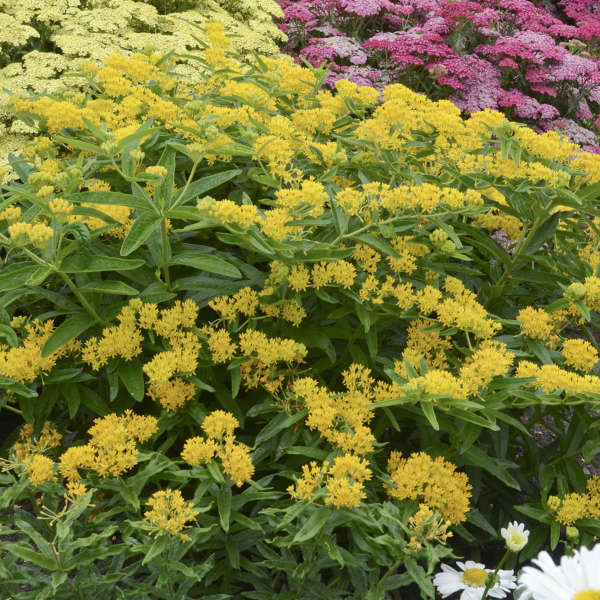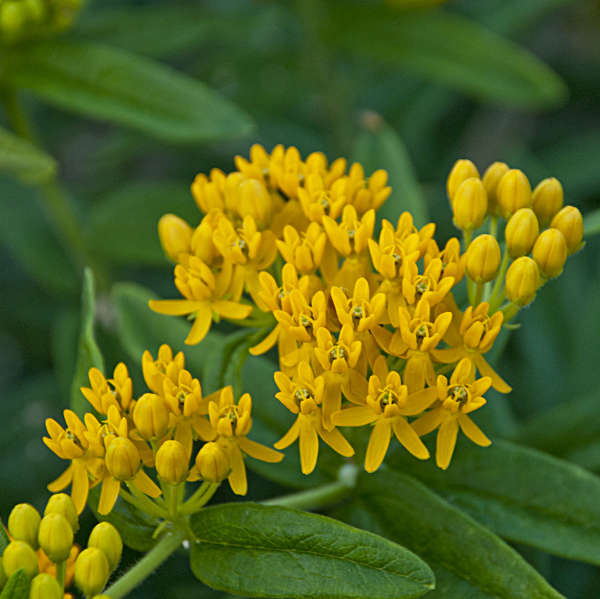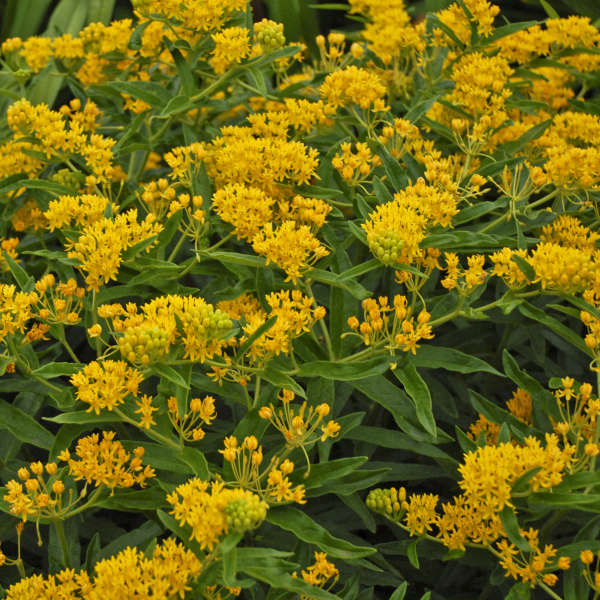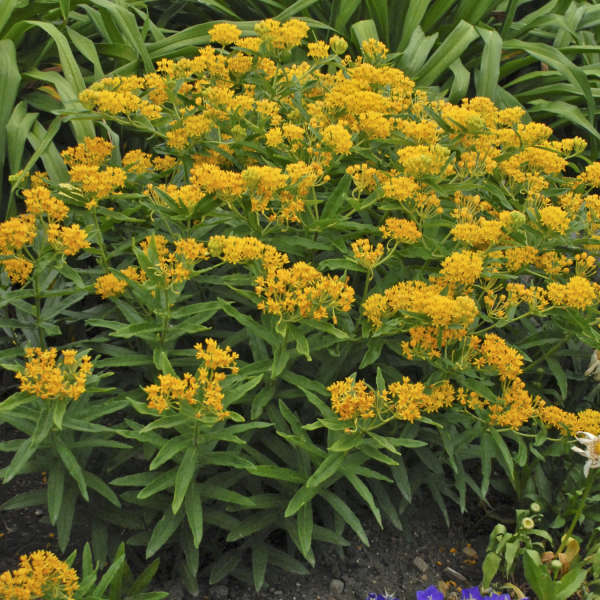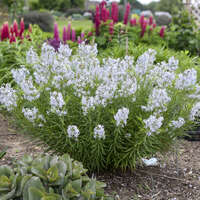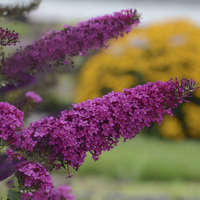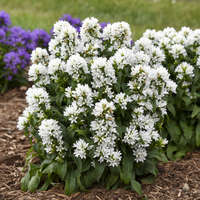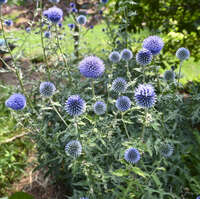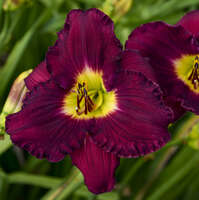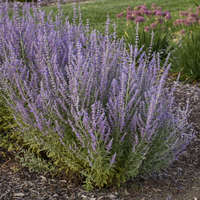Asclepias tuberosa 'Hello Yellow'
Common Name: Butterfly Weed
A virtually hassle-free, very long lived perennial, this cultivar of our native A. tuberosa offers three months of golden yellow blooms from early through late summer. Deadheading the flowers will stimulate another bloom cycle about a month after the first one.
The flowers, which are heavily laden with nectar and pollen, are particularly attractive to hummingbirds, Monarch butterflies, bees, and other beneficial insects.
Gather bouquets of Asclepias all summer long; the long stems are wonderful for cutting and are long-lasting. Sear the ends of the cut stems over a flame to stop the milky sap from leaking out.
Following the fabulous flowers, green fruits develop which rupture to reveal seeds with long, silvery-white, silky hairs reminiscent of its cousin, common milkweed. These are great to use in dried flower arrangements.
30ct Plug Tray |
72ct Plug Tray |
